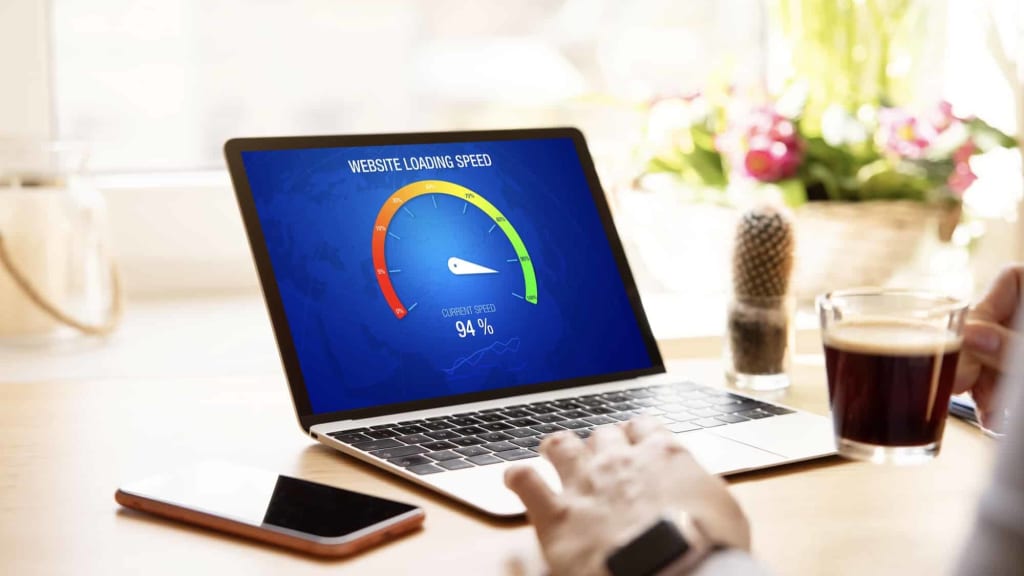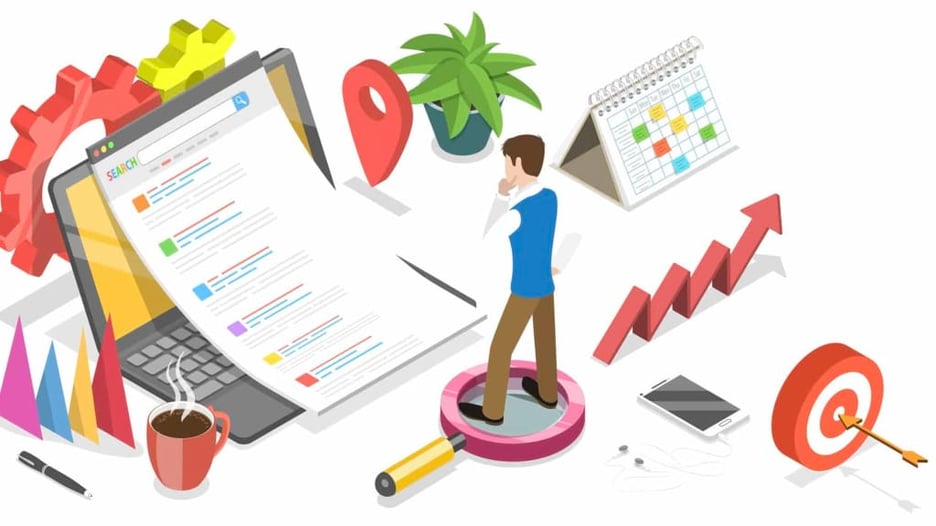How Image Optimisation Impacts WordPress Web Design And Performance

Design and performance are among the main aspects determining the success of a website. These factors affect the experience of the audience and their will to purchase your products or services. Remember, first impression matters, especially in the highly competitive digital world.
To improve your site’s design and performance, you must understand the main factors affecting them. Of course, there are many possible factors, but one that many people overlook is image optimisation. What is it, and how does it impact your website?
What is image optimisation?
Image optimisation is the creation and delivery of high-quality images. It’s all about adjusting the format, dimension, text alt, and resolution of these images to match the requirements of different devices accessing them on your website.
This process involves reducing the file size while maintaining all the abovementioned features. You need to find the right balance between size and quality so that your images can load quickly on any device but remain crispy.
There are two methods of optimising your images, lossless and lossy. Using lossless optimisation means no data is lost during the compression process. On the other hand, the lossy method involves the loss of some data as you reduce the size of your image files. Here is how either of these methods affect WordPress web design and performance:
1. It improves page load speed
One of the most critical factors in the success of any website is its loading speed. Slow-loading pages increase the time it takes to access the information they want. Those extra seconds can be frustrating for users who can quickly opt for competitor sites. Remember, the probability of bounce rates goes up by 32% for every two-second increase in load time.
Think of image size as a weight on your site’s shoulders. The bigger the file size, the heavier it is for the website, ultimately increasing the time it takes to load the data on a page. Image optimisation can enhance load speed. This usually means reducing file sizes through compression techniques and using the right file format while maintaining acceptable quality.
Besides the image size, however, other factors might be affecting your site’s performance, such as site hosting quality and the conciseness of the website’s code. So be sure to assess every other possible factor.

2. It enhances user experience
The more users enjoy being on your website, the higher their chances of returning. If you want to create this experience, images must be a highly important consideration. Images help break up monotonous text, highlight important data, and add visual interest.
However, images can take up too much space, making it difficult for users to scroll the page and find the necessary information. Images that aren’t optimised can appear distorted and out of place, affecting the site’s appearance. Only with optimisation can the images help enhance the user experience.
Investing in image optimisation ensures that every file is properly scaled to match a particular device’s screen size. This makes it easier for one to navigate the pages and interact with your content.
3. It supplements SEO
Images affect search engine optimisation (SEO). But how? It’s worth noting that apart from size and quality, image optimisation also involves using alt text, which is one of the key factors in SEO.
Including alt text in your images makes it easier for search engines to understand the information you’re trying to present. As such, they can rank your site correctly based on your keyword usage in the alt text.
As mentioned above, optimised images improve page load time and user experience. These two aspects also have a significant impact on SEO. When users enjoy your site’s features and performance, they’re likely to spend more time on it. This signals the search engines that your site is relevant to the users and is worth ranking higher on search engine result pages (SERPs).
Conclusion
Images play a crucial role in the appearance of your website and content presentation. However, if you don’t optimise them, they can negatively impact everything good you’ve done with your site. Therefore, it’s important to invest in their optimisation by reducing their size without compromising the quality. All this will increase page loading speed and enhance user experience.
You should also use alt texts to describe the information they’re representing to make it easier for search engines to understand. Doing so supplements your SEO efforts by encouraging the search engines to recommend your pages to potential visitors.
Ultimately, as you refine your site's design and performance through image optimization, you lay a solid foundation for a more successful and engaging online presence, which is essential in today’s digital marketplace.
TAGS: